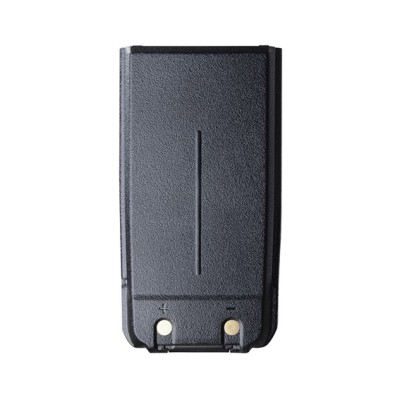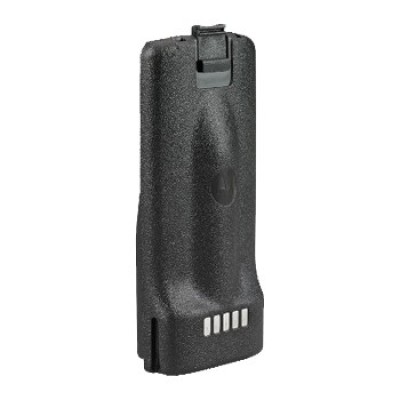Two-Way Radio Batteries
All two-way
radios need batteries in just the same way that mobile phones run on batteries.
In most radio models the batteries are rechargeable,
but in other models they might be replaceable batteries that cannot be
recharged. Rechargeable batteries are by far the cheaper option in the long
term as the cost of replaceable batteries can add up to a considerable amount
over time.
Batteries
have evolved considerably over the years. The extreme popularity of mobile
phones has no doubt accelerated the evolution of batteries to smaller and more
powerful units with a much longer active battery life. This has been of obvious
benefit to the walkie talkie radio market as well,
whether it is the more traditional analogue radios or the more modern digital radios.
Rechargeable
batteries have two main factors that you need to consider; run time and life
cycle. The run time of a battery is the length of time a fully charged battery
will last before its charge runs out under normal, or average, conditions. The
life cycle of a battery is the number of times a battery can be recharged
before it will no longer hold a charge, and therefore needs to be replaced with
a new battery.
There
are other factors to consider, such as the amp-hour rating and the voltage of
the battery. If you want a long lasting battery, go for a high amp-hour rating.
The volts that a battery is rated at determines its power output; the higher
the volts, the greater the power output. This rating is not really too important
when it comes to two-way radios, but definitely comes into its own with power
tools, for example.
The
common rechargeable batteries used in two-way radios are the nickel-metal
hydride battery (NiMH), the nickel-cadmium (NiCad) battery, and the lithium-ion
(Li-Ion) battery. The NiMH and NiCad batteries are similar to each other in
many ways. The NiMH battery weighs less and has a capacity two to three times
that of a NiCad battery of similar size. However, the NiMH battery has a
shorter run time and fewer life cycles than the NiCad battery, and it doesn't
perform very well in low temperatures.
The
Li-ion battery is a relative newcomer. It has a good energy-to-weight ratio and
no memory effect, something that both the NiMH and NiCad batteries suffer from.
The Li-ion also has a relatively fast recharge time and increased life cycles
over the other two battery types. All rechargeable batteries lose charge when
not in use, but the Li-ion exhibits a slower charge loss than the others.
While
a good battery is worth getting for its long life and charge-holding abilities,
it won't increase the sound quality, or any other of the radio’s features. It
is simply a power source that allows the radio to function properly. This
applies to new or used radios, leisure radios or business radios, or even
analogue or digital radios. It is always a good idea to get the best quality
battery you can for your radios, and only replace it when it stops
functioning properly.





